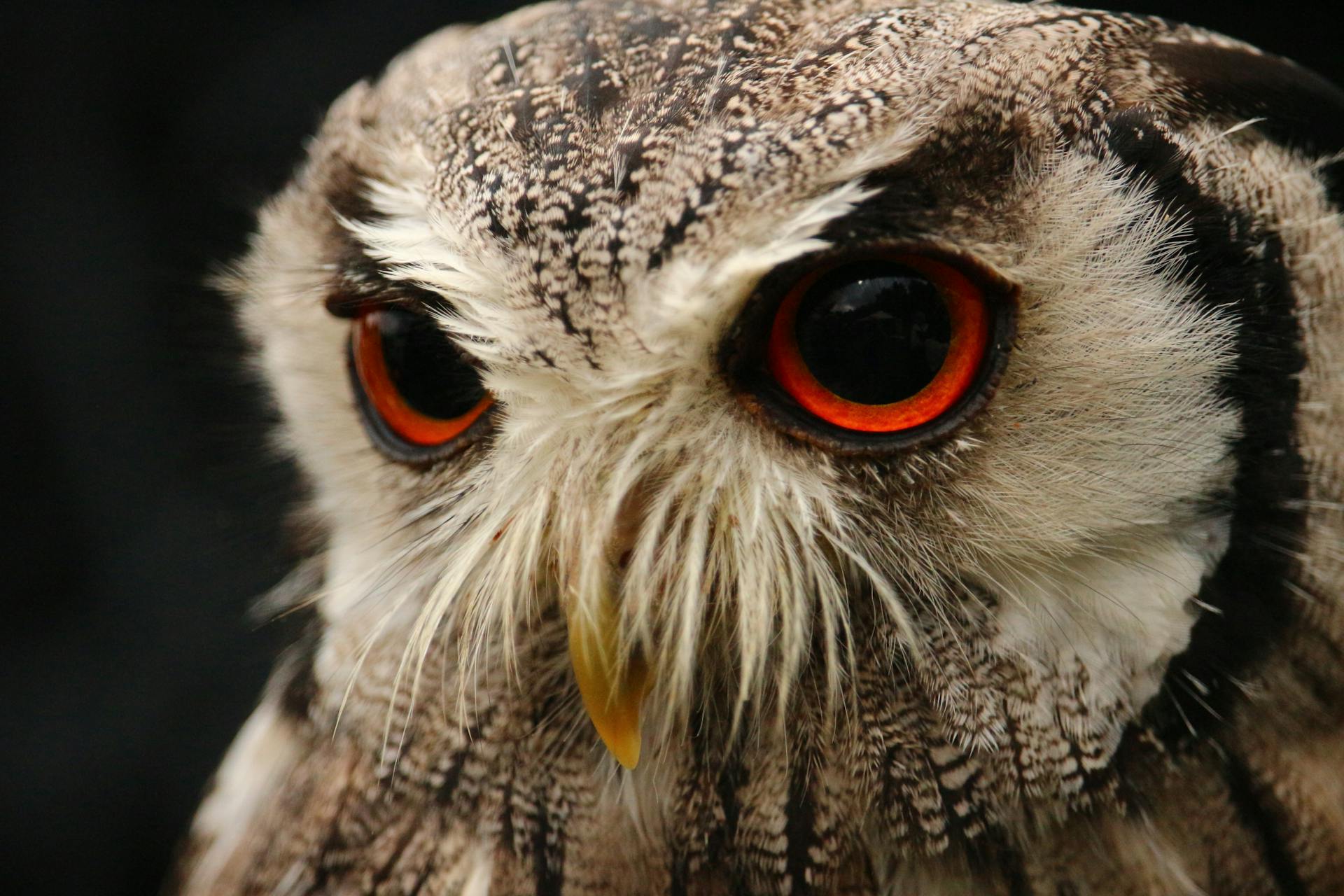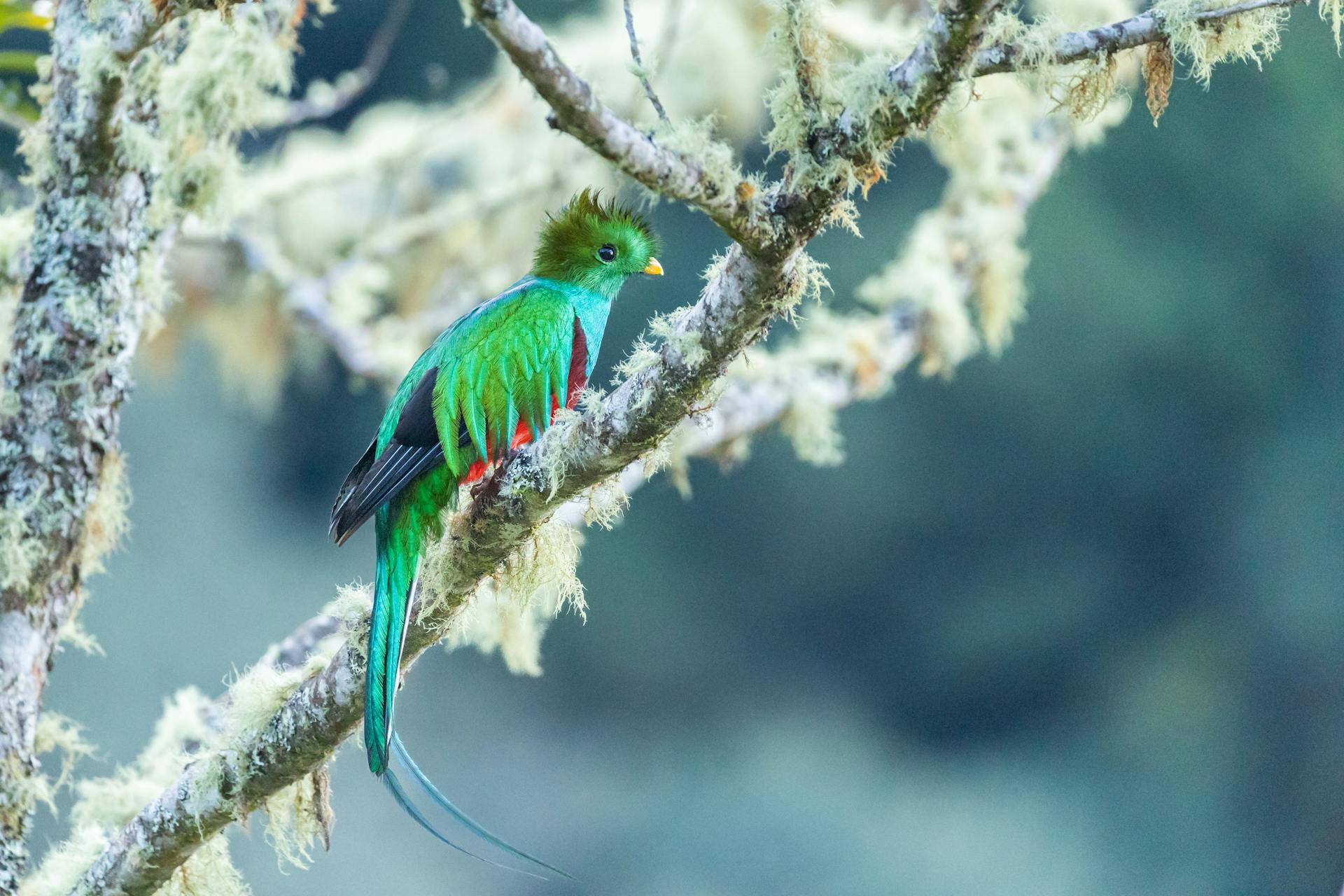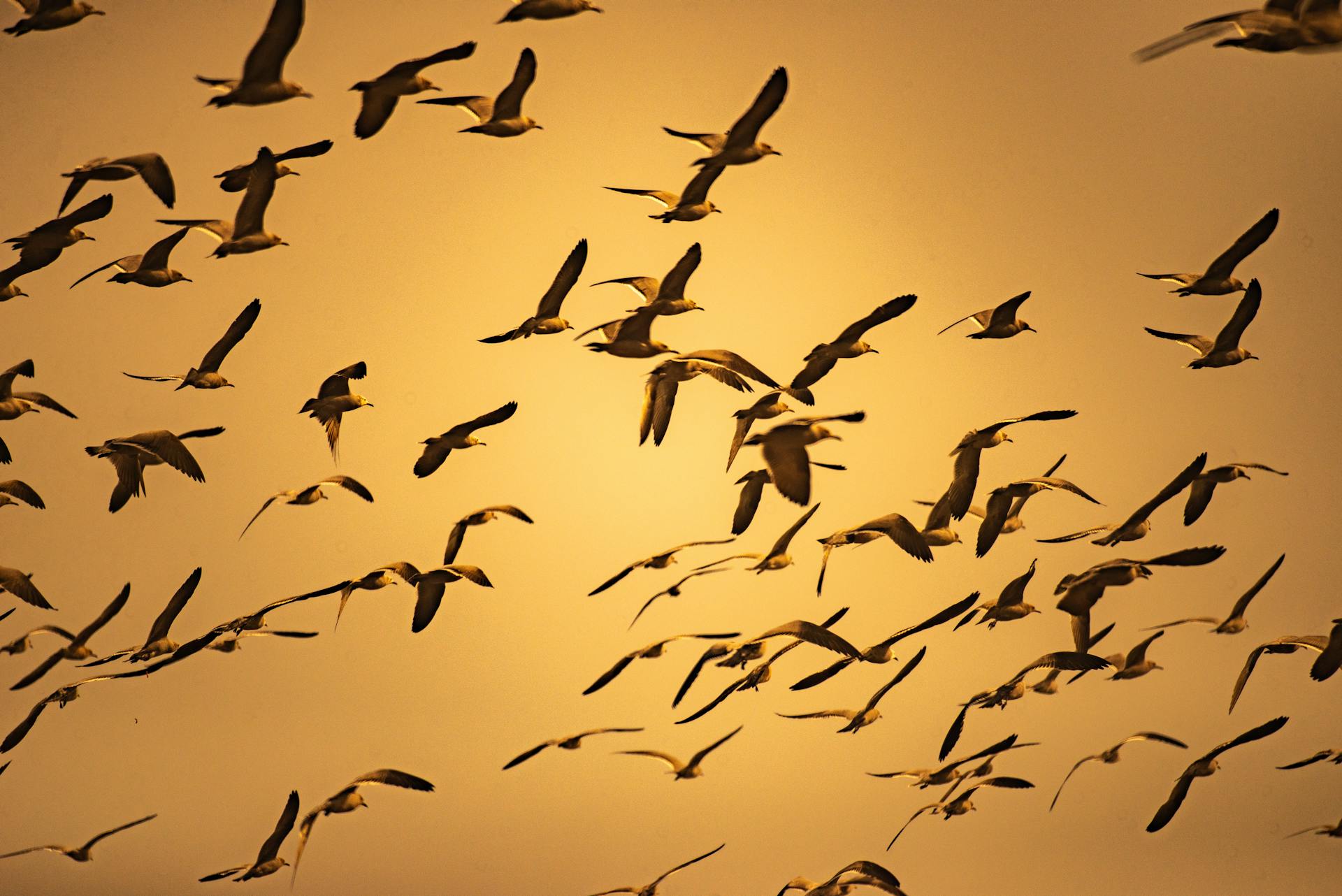As the sun dips below the horizon and darkness envelops the landscape, a different kind of life stirs to wakefulness. In the silent, shadowy world of night, an array of mysterious creatures emerges, each adapted to thrive in the dark. Among them are nocturnal birds—masters of the night sky, whose secret lives are a testament to nature’s ingenuity and adaptability.
Nocturnal birds, with their enigmatic behaviors and remarkable adaptations, are among the most fascinating inhabitants of the nighttime world. Unlike their daytime counterparts, these birds have evolved to flourish in darkness, using a suite of unique adaptations to hunt, navigate, and communicate in the absence of sunlight. From the silent flight of owls to the incredible night vision of nightjars, these birds possess specialized traits that enable them to be successful predators and survivors in their nocturnal habitats.
Understanding the lives of nocturnal birds is crucial, not just for the sake of knowledge, but for appreciating their vital roles in our ecosystems. These birds contribute to biodiversity by controlling insect populations, participating in pollination, and aiding in seed dispersal. Moreover, studying their behaviors and adaptations provides valuable insights into the complex interplay of species within various ecosystems and highlights the delicate balance necessary for maintaining biodiversity.
In this article, we will delve into the fascinating world of nocturnal birds, exploring their unique adaptations, hunting strategies, and ecological roles. We will also discuss the threats they face in an increasingly human-dominated world and the conservation efforts underway to protect these elusive creatures. Join us as we uncover the secret lives of nocturnal birds and discover why they are an integral part of our natural world.
What Are Nocturnal Birds?
Nocturnal birds are a specialized group of avian species that are adapted to be active during the night. Unlike diurnal birds, which are active during the day, nocturnal birds have evolved a suite of characteristics that enable them to thrive in low-light conditions. These birds possess heightened senses, particularly in vision and hearing, which are critical for navigating and hunting in the dark. Their plumage is often camouflaged to blend seamlessly with the night environment, providing them with both protection and stealth.
Common nocturnal birds include owls, nightjars, and frogmouths. Owls are perhaps the most iconic of these species, known for their distinctive hoots and large, forward-facing eyes that grant them exceptional night vision. Nightjars, with their cryptic plumage, are adept at blending into their surroundings while hunting insects in flight. Frogmouths, named for their broad, frog-like beaks, are expert hunters of insects and small vertebrates, using their camouflaged feathers to remain hidden during the day.
Adaptations for Night Life
Visual Adaptations:
Nocturnal birds are equipped with large eyes that contain a high density of rod cells, which are sensitive to low light and allow for enhanced night vision. These eyes are often accompanied by a specialized layer called the tapetum lucidum, which reflects light that passes through the retina back into the eye, improving the bird’s ability to see in the dark. This adaptation is crucial for spotting prey and navigating in the absence of daylight.
Auditory Adaptations:
In addition to their superior vision, nocturnal birds have highly developed auditory systems. Many species, such as owls, have asymmetrically placed ears, allowing them to pinpoint the exact location of sounds with remarkable accuracy. This acute sense of hearing enables them to detect subtle noises made by prey, even in complete darkness. Their ability to hear and interpret these sounds is vital for hunting and avoiding predators.
Physical and Behavioral Adaptations:
Nocturnal birds have physical adaptations that contribute to their effectiveness in the dark. For example, many species have specialized feather structures that enable silent flight, reducing noise while they move through the night. Their hunting strategies often include stealth and camouflage, allowing them to surprise prey and avoid detection. These adaptations ensure that they can hunt efficiently and remain undetected by both prey and predators.
Hunting Strategies of Nocturnal Birds
Nocturnal birds employ a variety of hunting techniques tailored to their night-active lifestyles. Owls, for instance, are renowned for their stealthy approach and precision. They use their silent flight capabilities to approach prey quietly and rely on their acute hearing to locate it in the dark. Their powerful talons and sharp beaks are adapted to catch and kill small mammals and insects swiftly.
Nightjars and frogmouths also have unique hunting strategies. Nightjars often hunt by catching insects in mid-air using their wide mouths, while frogmouths use their broad, open beaks to snatch insects and small animals from branches and foliage. These specialized hunting techniques are essential for their survival and are finely tuned to their nocturnal environment.
The Role of Nocturnal Birds in Ecosystems
Nocturnal birds play crucial roles in maintaining ecological balance. They help control insect populations, which can have significant impacts on agriculture and human health. For example, owls are natural predators of rodents, helping to manage their numbers and reduce the risk of crop damage. Additionally, some nocturnal birds contribute to pollination and seed dispersal, aiding in the growth of various plants and trees.
These birds also interact with other nocturnal animals, forming part of a complex food web. They often serve as prey for larger predators and, in turn, help regulate the populations of smaller nocturnal creatures. Their presence and activities are integral to the health and diversity of their ecosystems.
Reproduction and Nesting Behaviors
Nocturnal birds have developed unique reproductive strategies to suit their night-active lifestyles. Many species build nests in secluded, dark areas to protect their eggs and young from predators. Their nesting habits often involve choosing locations that are less disturbed by human activity and other animals.
Parental care in nocturnal birds varies among species, but it often includes nocturnal feeding and protection of chicks. For example, owls typically take turns hunting and guarding their young, ensuring they are well-fed and safe. The development of chicks is adapted to their nocturnal environment, with many species being precocial, meaning they are relatively mature and able to fend for themselves shortly after hatching.
Threats and Conservation of Nocturnal Birds
Nocturnal birds face several threats that impact their populations and habitats. Habitat loss due to deforestation, urbanization, and agricultural expansion is a significant concern. Light pollution also disrupts their natural behaviors, including hunting and mating. Human activities, such as the use of pesticides, further threaten their food sources and overall health.
Conservation efforts are essential to protect nocturnal birds and their habitats. Strategies include habitat preservation, reducing light pollution, and promoting sustainable land-use practices. Additionally, research and monitoring programs help track population trends and inform conservation strategies. Public awareness and education are also critical in fostering appreciation and support for nocturnal birds.
Fascinating Facts and Lesser-Known Nocturnal Birds
The world of nocturnal birds is full of intriguing facts and lesser-known species. For instance, the Eurasian Eagle Owl is one of the largest owl species and has a wingspan that can exceed six feet. The Potoo, a lesser-known nocturnal bird, has a remarkable camouflage that makes it nearly invisible when perched on a tree. Anecdotes about these and other nocturnal birds reveal the diversity and wonder of their adaptations and behaviors.
Conclusion
Nocturnal birds are a testament to the adaptability and complexity of life. Their unique adaptations, hunting strategies, and ecological roles underscore their importance in the natural world. As we continue to explore and understand these fascinating creatures, it is crucial to advocate for their conservation and ensure that their habitats are preserved for future generations. The secret lives of nocturnal birds offer a glimpse into the mysterious and captivating world that thrives under the cover of darkness.


